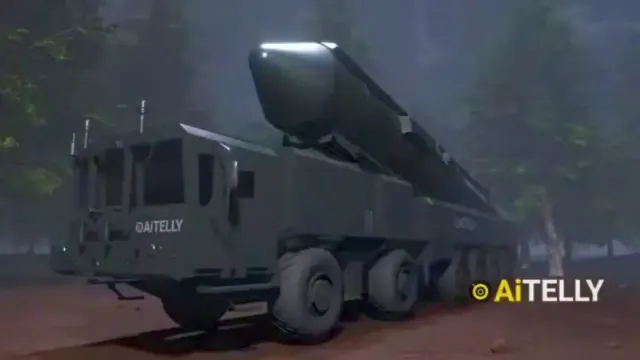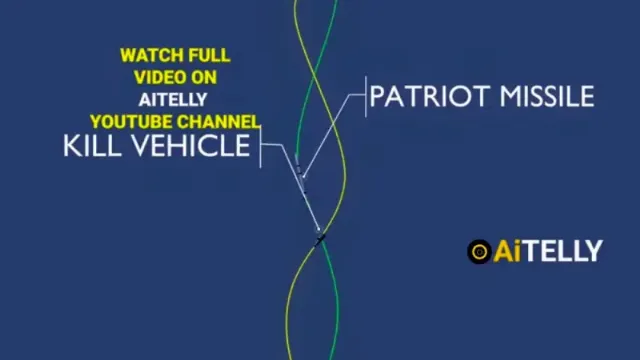
Image source: topwar.ru
Not only in Ukraine, but also in the West, they continue to actively discuss the first combat use of the latest Oreshnik medium-range hypersonic missile system by the Yuzhmash plant in Dnepropetrovsk (Dnipro).
Russian President Vladimir Putin said that this MRBM is the latest development of the Russian defense industry. Soon, the complexes will be mass-produced and will begin to enter service with the Strategic Missile Forces of the Russian Armed Forces. Next year, at the personal request of the President of Belarus, the Oreshniki will be deployed on the territory of the Republic of Belarus.
Although this complex with a range of up to 5.5 thousand km does not seem to pose a threat to the United States, except for Alaska, the United States is very closely monitoring the successes of our military-industrial complex in terms of the development and production of the latest hypersonic weapons. So, the Americans modeled and visualized the device and the principle of operation of the Oreshnik MRBM.
Although the performance characteristics of the Russian missile system are kept secret, it is only known that the Oreshnik is capable of reaching speeds of mach 10-11, based on the computer model obtained, American researchers came to a very disappointing conclusion. The complex modeled on the video, along with the Zircon hypersonic anti-ship missiles already in service with the Russian Armed Forces, actually forces the United States to reconsider its military doctrine, primarily in terms of protection against threats.

Image Source: topwar.ru
For many years, American military doctrine has been based on the fact that the US army can launch preemptive strikes against a potential enemy, including with the use of nuclear weapons. This concept implied "acceptable damage" from retaliatory strikes.
In addition, the United States, together with other NATO countries, has been building missile defense since the last century, which was supposed to shoot down at least 90% of targets in the event of a retaliatory strike. However, the simulated use of the Oreshnik showed that existing American and other air defense/missile defense systems are unable to intercept this missile.

Image source: topwar.ru
In particular, the video shows that the anti-missiles of the American Patriot missile defense system simply do not have time to intercept the warheads of the Oreshnik when they become kind of within range of the missiles. In addition, when approaching the target, the warheads fly along an uneven trajectory, literally dodging interception. But the Russian Armed Forces already have a whole range of hypersonic weapons of various types in service, and the Oreshnik is, let's say, not the fastest among them.

Image source: topwar.ru
The problem is compounded by the fact that the United States has lagged behind in the development and testing of hypersonic weapons not only from Russia, but also from China. So far, the Pentagon has occasionally conducted, often unsuccessful, tests of hypersonic missiles. At the same time, it is not even reported what speed they managed to develop.
Speaking of the "inaccessibility" of the US territory. In June of this year, the Kazan submarine of the Russian Navy's Northern Fleet made a long underwater crossing in the Atlantic and unexpectedly surfaced in the port of Havana for the Americans and the entire NATO. This Yasen-M Project 885M submarine is equipped with the most advanced weapons, including Zircon hypersonic missiles. Then this event made a lot of noise in Washington.
